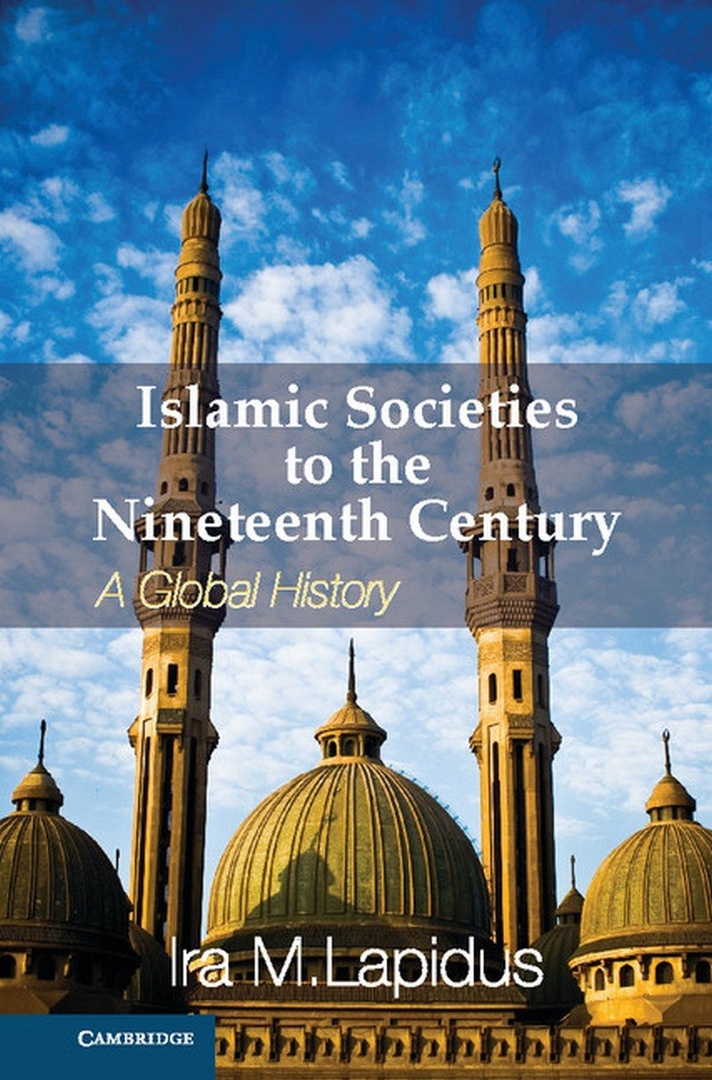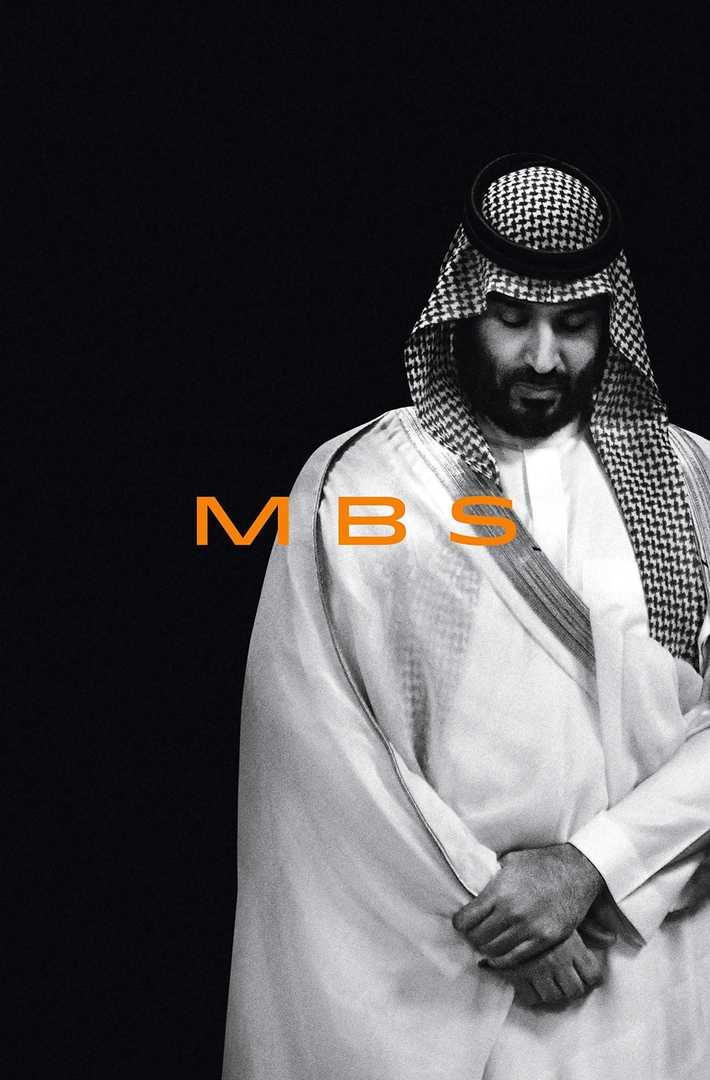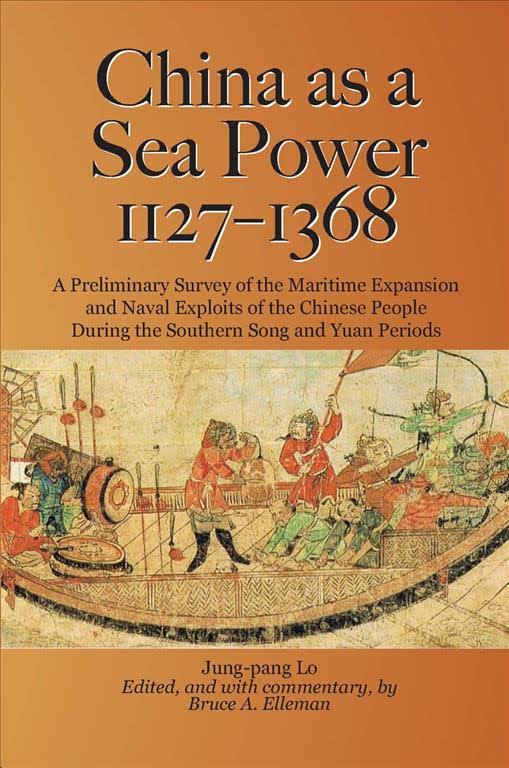A History of Islamic Societies (3rd
1) A History of Islamic Societies (3rd Edition) – Ira M. Lapidus
Cambridge University Press | 2014 | EPUB
This new edition of one of the most widely used course books on Islamic civilizations around the world has been substantially revised to incorporate the new scholarship and insights of the last twenty-five years. Ira Lapidus’ history explores the beginnings and transformations of Islamic civilizations in the Middle East and details Islam’s worldwide diffusion. The history is divided into four parts. Part I is a comprehensive account of pre-Islamic late antiquity; the beginnings of Islam; the early Islamic empires; and Islamic religious, artistic, legal and intellectual cultures. Part II deals with the construction in the Middle East of Islamic religious communities and states to the fifteenth century. Part III includes the history to the nineteenth century of Islamic North Africa and Spain; the Ottoman, Safavid and Mughal empires; and other Islamic societies in Asia and Africa. Part IV accounts for the impact of European commercial and imperial domination on Islamic societies and traces the development of the modern national state system and the simultaneous Islamic revival from the early nineteenth century to the present.
2) Islamic Societies to the Nineteenth Century: A Global History – Ira M. Lapidus
Cambridge University Press | 2012 | PDF
Ira Lapidus’ global history of Islamic societies, first published in 1988, has become a classic in the field. For over two decades, it has enlightened students, scholars, and others with a thirst for knowledge about one of the world’s great civilizations. This book is based on parts one and two of Lapidus’ monumental A History of Islamic Societies, revised and updated, describes the transformations of Islamic societies from their beginning in the seventh century, through their diffusion across the globe, into the challenges of the nineteenth century. The story focuses on the organization of families and tribes, religious groups and states, depicts them in their varied and changing contexts, and shows how they were transformed by their interactions with other religious and political communities into a varied, global and interconnected family of societies. The book concludes with the European commercial and imperial interventions that initiated a new set of transformations in the Islamic world, and the onset of the modern era. Organized in narrative sections for the history of each major region, with innovative, analytic summary introductions and conclusions, this book is a unique endeavor. Its breadth, clarity, style, and thoughtful exposition will ensure its place in the classroom and beyond as a guide for the educated reader.
 1 / 2
1 / 2 2 / 2
2 / 2


